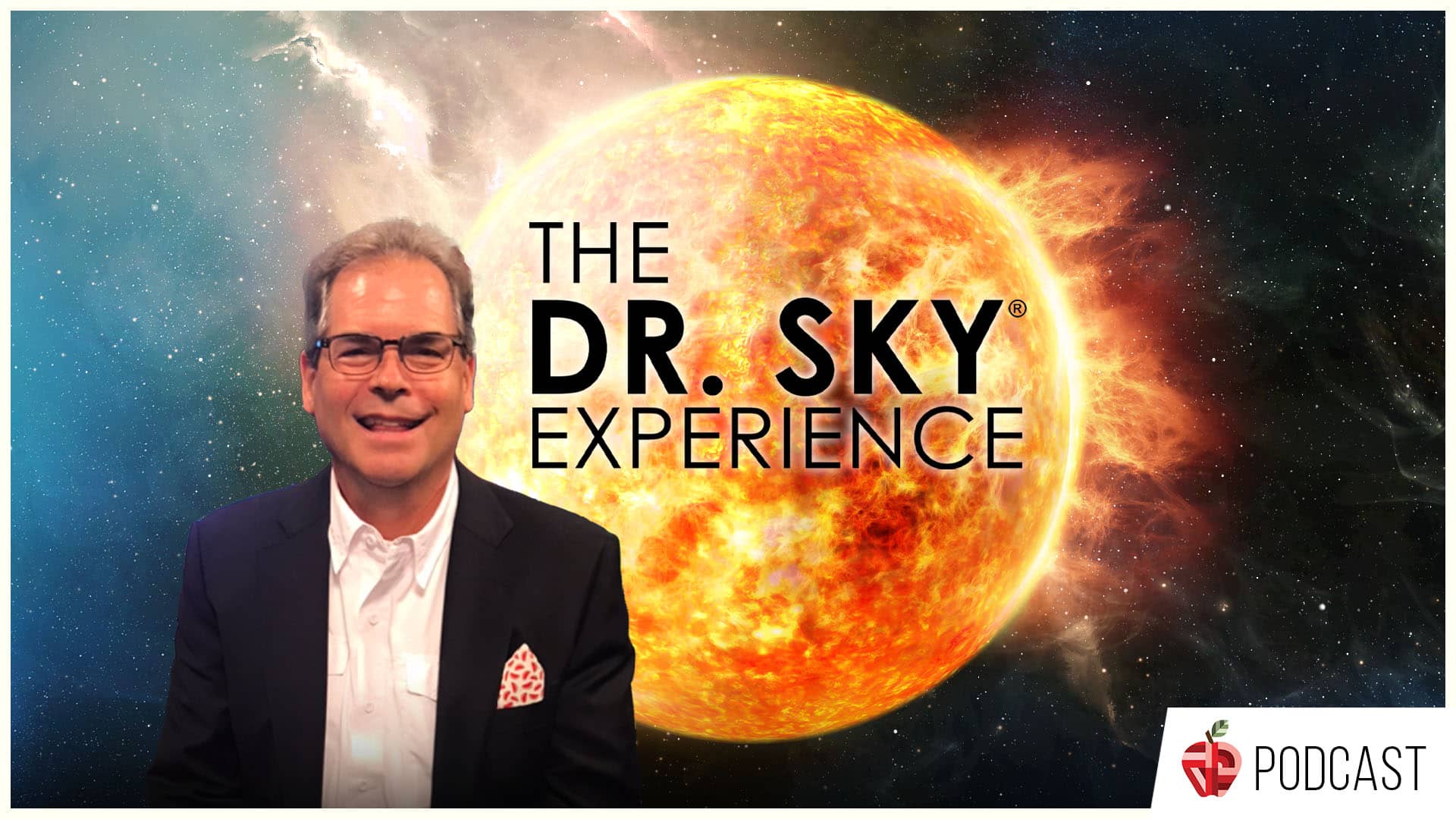
dr-sky-1920X1080-v2
Comets are the after birth of the solar system and are mostly located in a large ring far out in the coldest part of the solar system known as the Oort Cloud.
After the evolution of the solar system some 4.5 billion years, comets are regular visitors to the inner parts of our planetary sphere.
Many of you might think that you have seen a comet, but it is more likely that you might have witnessed a meteor shooting by in the sky.
Comets are mostly made up of small or large cores known as the nucleus. The nucleus is made up of solid rock and metals, coated with a layer of ice. In that ice, many believe that the original building blocks of life itself are still frozen on the surface of some comets.
The theory that comets may seed life onto planets is known as panspermia. The details on this concept are listed here:
https://en.wikipedia.org/wiki/Panspermia
Over the many thousands of years that humans have populated the Earth, comets have always held a special interest and for the most part have been looked on with trepidation and fear!
Comets were thought to bring about the death of kings or be a warning sign of bad things to come.
All that has changed for the most part, as the study of comets has provided astronomers with a great wealth of information on our solar system.
Here is a detailed study on comets and what they really are and what they are made of:
https://en.wikipedia.org/wiki/Comet
Get set for a new comet coming our way!
Comet C/2022/E3 (ZTF) was discovered by a massive robotic digital telescope camera located in California. The designated telescope is known as, (ZTF) Zwicky Transient Telescope. This is a large 605 mega pixel camera which has a wide field view of the sky of some 47 degrees and can capture both faint objects like comets and other stellar or small solar system bodies like comets.
The (ZTF) comet was discovered back on March 2nd, 2022 and was very faint on the discovery images.
The comet is plowing into the inner solar system and will be closest to the Sun on January 12th by some 100 million miles. The comet is slowly brightening and is still NOT a naked eye object. It can be viewed with binoculars in the early morning sky.
The Full Wolf moon on the 6th will reduce your chances of seeing it, but things get better by the 20th, as we approach new moon.
The best way to find the comet is to follow the detailed star maps at this site:
https://theskylive.com/c2022e3-info
I have been viewing comets for well over 50 years and I can say that there is something special to me about seeing these amazing objects which sometimes can produce large tails and bright anti tails of plasma.
You may have had the opportunity to view comets like Halley’s, Comet Bennett in 1970 and the bright Comet Hale-Bopp in the late 90’s, as well as many others.
Comet Halley will not return until 2061-2062, while this (ZTF) comet last visited the Earth and Sun, some 50,000 years ago.
This is a great time to view a comet, an object that might have seeded life in the solar system and beyond!
What about great comets in history?
Here is a link to reveal the great comets in history and the possible effects that they had on humankind:
https://en.wikipedia.org/wiki/Great_comet
A comet discoverer once said “ Comets are like cats: they have tails and they do precisely what they want”….
Hope you get to see this comet before it fades away and returns some 50,000 years later!
Clear skies!
To print your own monthly star chart, click here.
To view satellites/dates/times of passage, click here.















